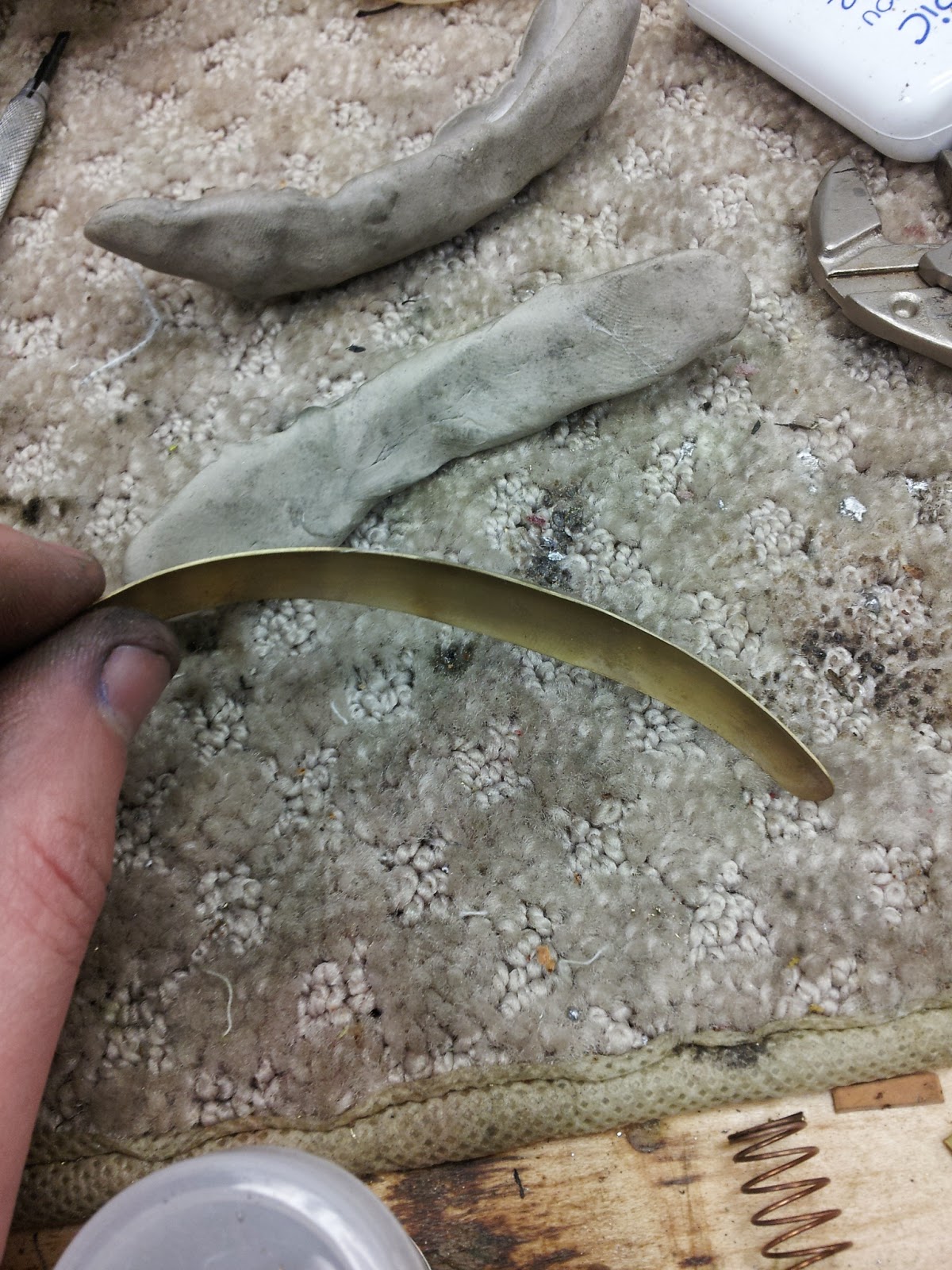Gross.
This is the neck off of a pat. 1914 conn, Satin gold, bass sax. The horn belongs to one of the mummers bands from Philadelphia and it was beat. I knew going in that this wouldn't be the most glamorous repair in the world. I just wanted it to be solid and stand up to another 50 years of string band music.
I started out by popping off all of the old patches and cleaning up the tube.
I also found more holes to patch. Fun.
Before I could form patches, I had to remove dents. On this old brittle brass, It wasn't easy. I used a combination of dent rods and MDRS.
Before I finished fitting patches I wanted to trim out the cracks to prevent them from spreading.
Next step was to finish fitting the patches and solder them on.
Last step was to do a little cleanup.
Like I said, It wasn't going to be a beautiful repair. I do hope it will make it a few decades though.
























































